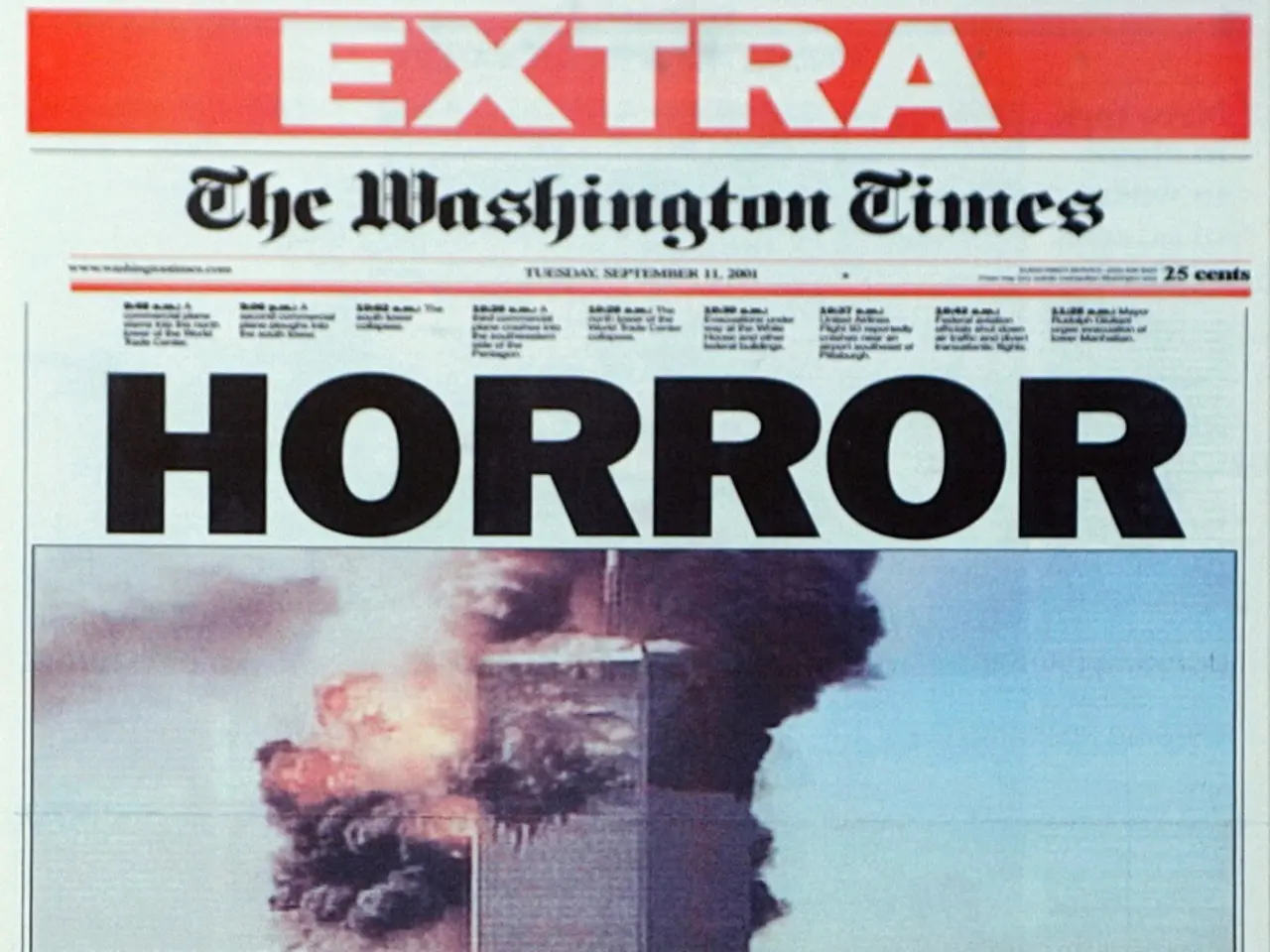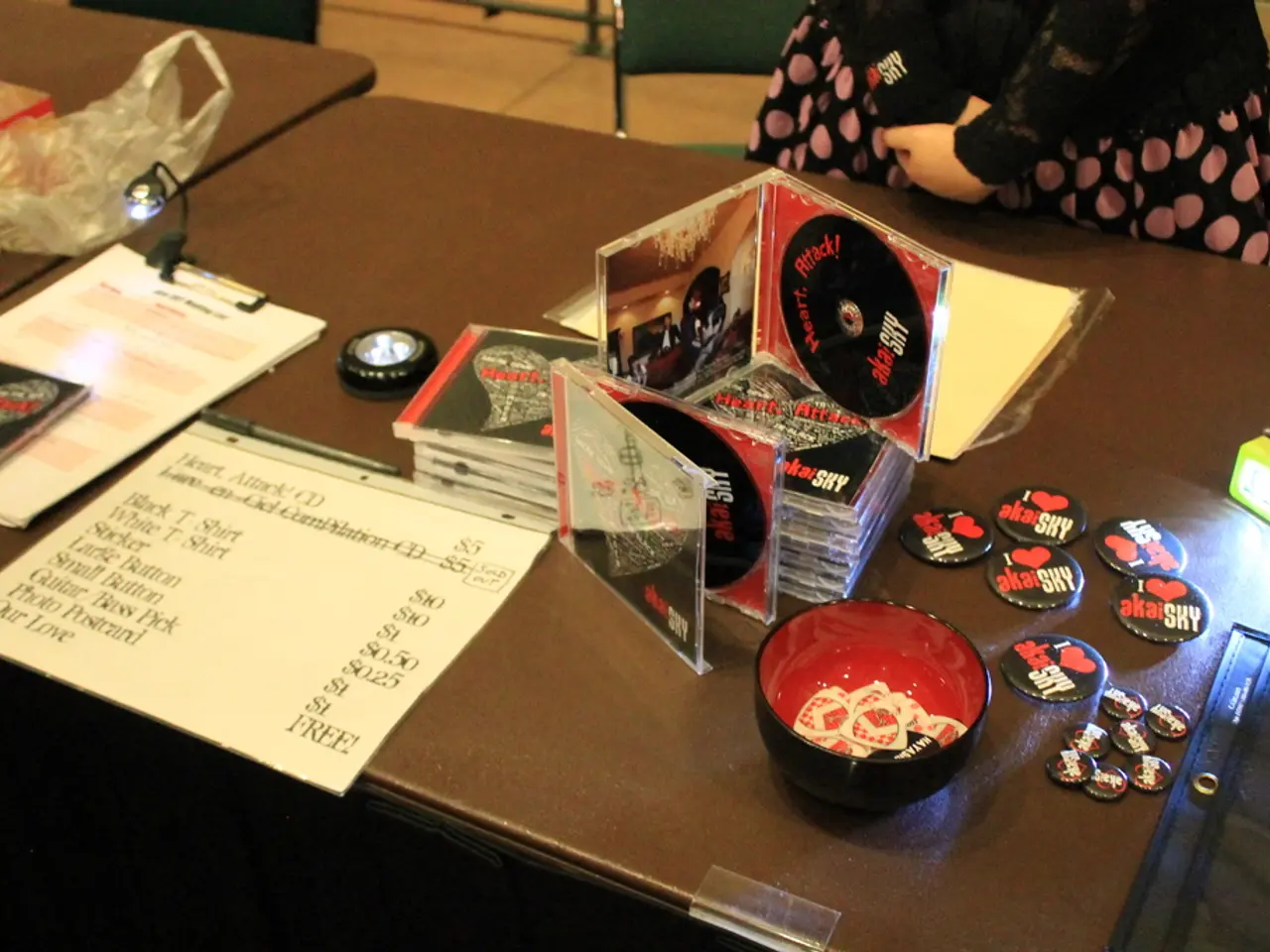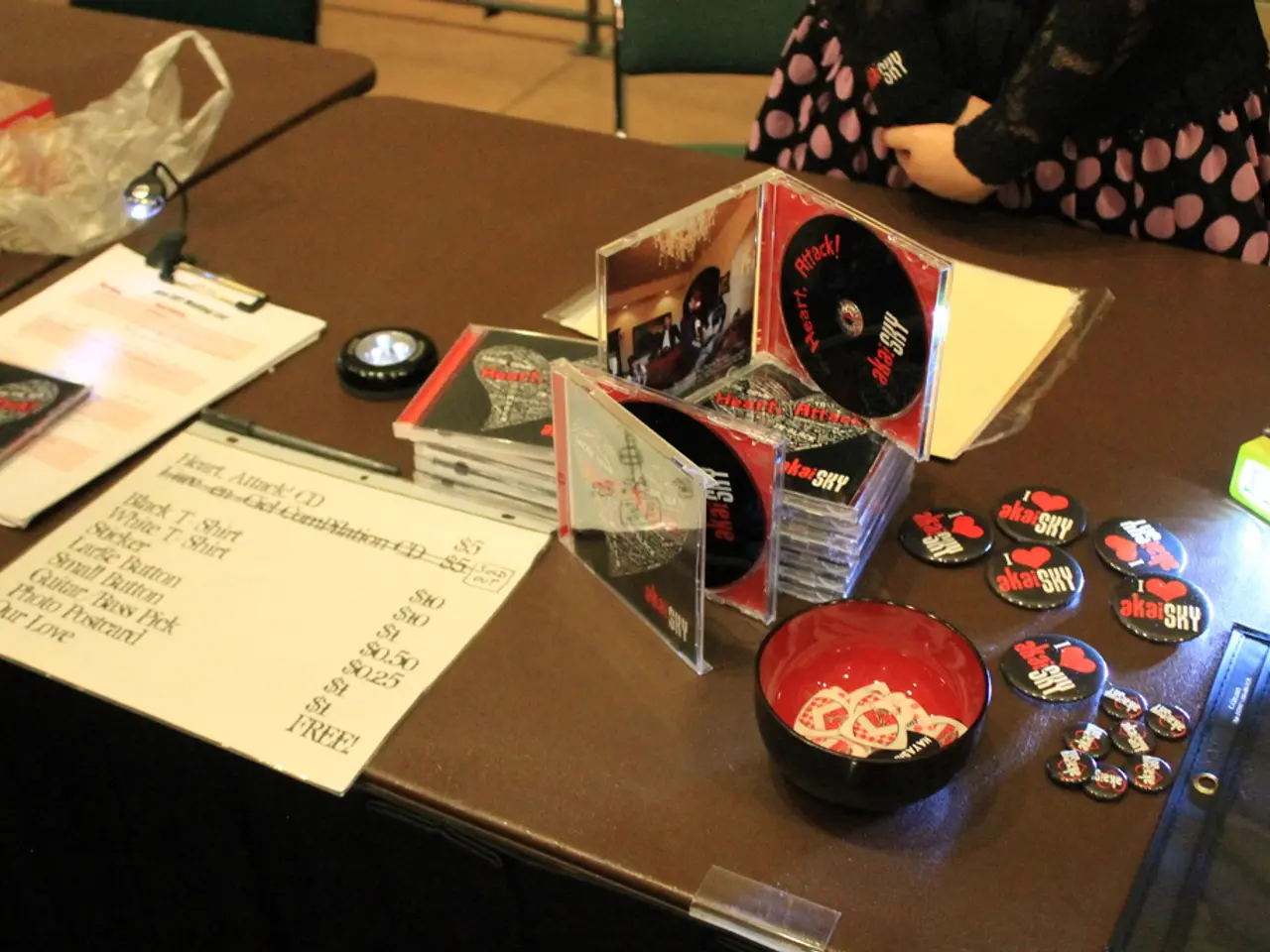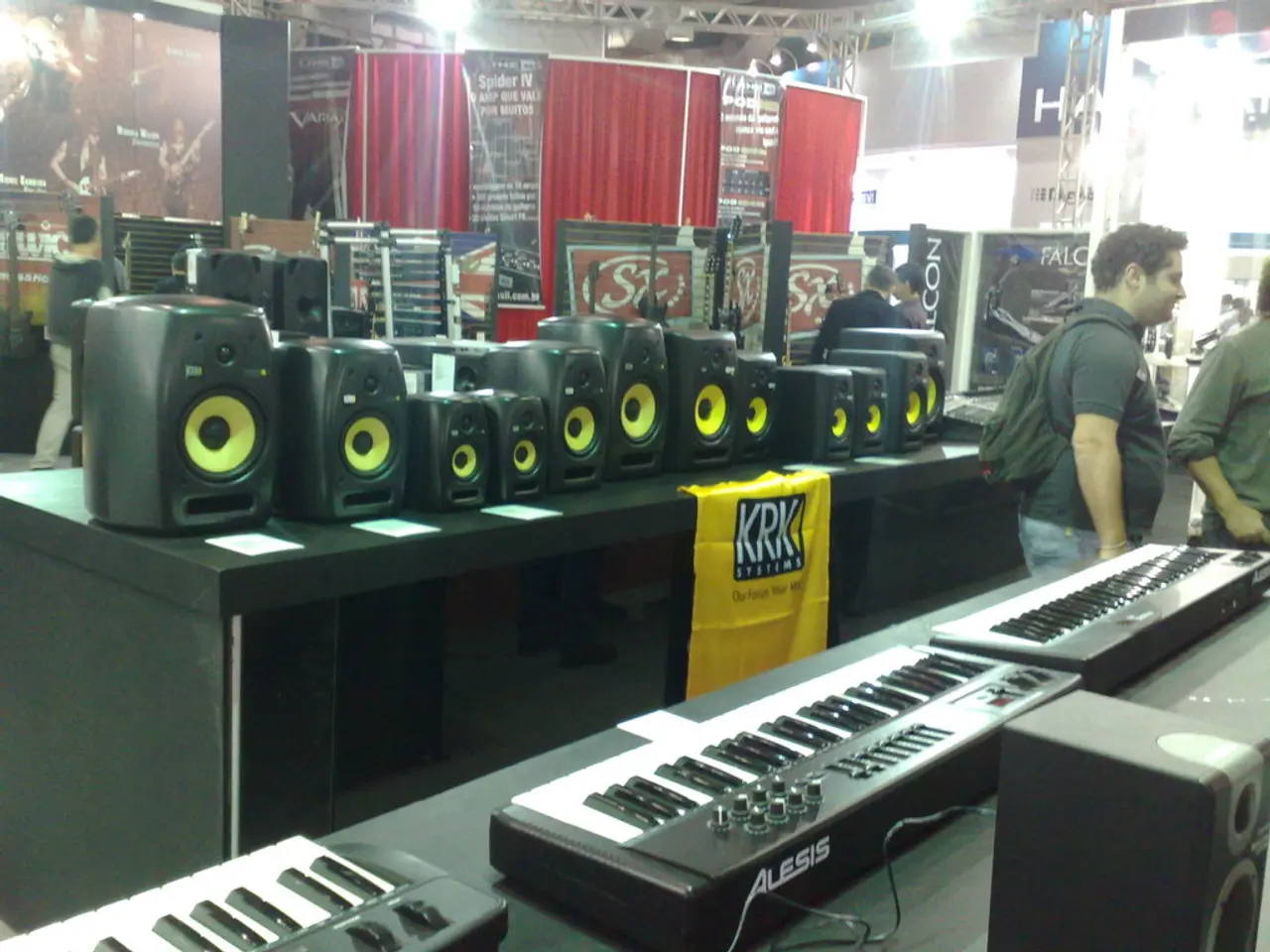Anticipated Outcomes for those Charged in the January 6th Incident
The Wall Street Journal has recently visualized the case outcomes for the 1,032 defendants arrested in connection with the January 6th riots, offering a comprehensive overview of the legal resolutions these individuals are facing. While the exact visualization isn't available, key insights can be gleaned from multiple sources.
As of early 2025, over 1,575 people were charged in relation to the January 6 attack, with a significant number of cases resulting in guilty pleas, sentences, or ongoing prosecutions. Among the 1,033 defendants initially arrested, outcomes have ranged from guilty pleas on various charges (such as obstruction of official proceedings and disorderly conduct) to dismissals and sentences including probation, community service, fines, and incarceration.
More than 890 people have been found guilty of federal crimes related to the attack, indicating a high conviction rate. Sentencing has varied based on involvement and charges, with some receiving prison terms (e.g., 8 months for obstruction), while others received probation and restitution orders.
The FBI and federal law enforcement have been engaged in a nationwide effort to indict and prosecute participants, with a large number of cases resolved by guilty pleas and others still pending. The legal repercussions form part of a broader political and social aftermath that includes congressional investigations and political responses.
The visualizations created by The Wall Street Journal distinguish defendants by their case status: convicted (yellow dots), guilty plea (purple dots), cases still pending (gray dots), and acquitted (white dot). However, the visualizations do not specify the nature of the felony charges for the defendants who pleaded guilty, the specific charges each defendant is facing, or the timeline for the resolution of cases still pending. They also do not provide information about the outcome of the one defendant who was acquitted.
The visualizations do not distinguish defendants by the type of guilty plea they have made (e.g., plea bargain, uncontested, etc.). Despite these limitations, the visualizations offer a valuable tool for tracking the progress of the cases and understanding the scale of the legal proceedings related to the January 6th riots.
Sources: [1] The Wall Street Journal, "1/6 Capitol Riot: Tracking the Defendants and Their Charges," accessed April 2025. [2] The Washington Post, "January 6th Capitol Riot: A Timeline of Key Events," accessed April 2025.
The IoT (Internet of Things) could be used to monitor the court proceedings of the January 6th riots defendants, providing real-time updates on case statuses and charges. This would complement the current general news reports and offer a more comprehensive view of the events, including crime and justice developments.
As politics and society grapple with the aftermath of the January 6th attack, the growing use of IoT technology could also extend to the investigation and prosecution process, potentially aiding in the quicker resolution of cases and facilitating transparency.








